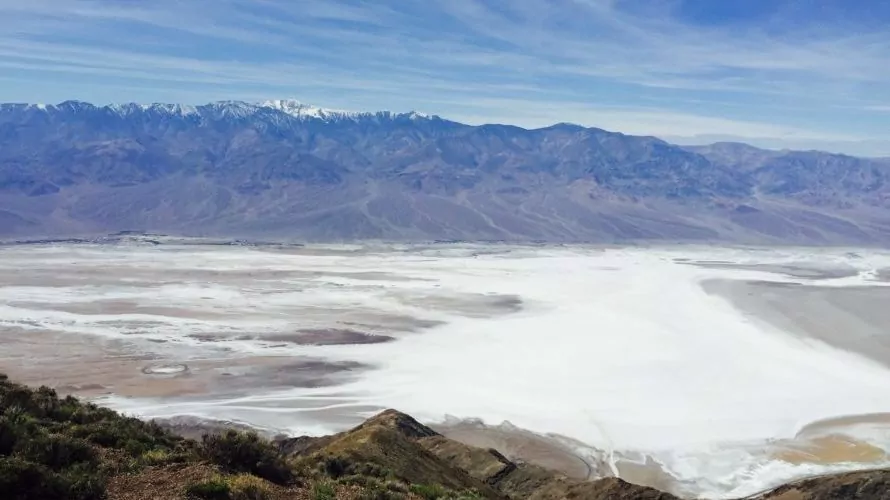Exploring the unique landscapes of Death Valley National Park is an unforgettable experience. From the vast salt flats of Badwater Basin to the towering peaks of the Panamint Range, this park offers a diverse range of environments to discover. One of the most challenging and rewarding hikes in Death Valley is the ascent from below sea level to a summit over 11,000 vertical feet above. This journey provides a true test of physical endurance and mental fortitude, but the breathtaking views and sense of accomplishment make it all worth it.
Death Valley National Park Overview
Located in eastern California, Death Valley National Park is known for its extremes. It is the hottest, driest, and lowest national park in the United States. The park’s unique geology includes salt flats, sand dunes, colorful badlands, and rugged mountains. With over 3.4 million acres to explore, Death Valley offers endless opportunities for outdoor enthusiasts, from hiking and camping to stargazing and photography.

Credit: wildlandtrekking.com

Credit: en.wikipedia.org
The Challenge of Hiking Below Sea Level to Summit
One of the most iconic features of Death Valley is Badwater Basin, the lowest point in North America at 282 feet below sea level. From this surreal landscape of salt flats, hikers can embark on a grueling trek to reach the summit of Telescope Peak, which towers over the valley at 11,043 feet. The trail to the summit covers approximately 14 miles one way, with a total elevation gain of 11,300 feet.
Trail Details
| Trail Name | Telescope Peak Trail |
|---|---|
| Distance | Approximately 14 miles (one way) |
| Elevation Gain | 11,300 feet |
| Difficulty | Strenuous |
Tips For Hiking
- Start early to avoid the heat of the day.
- Carry plenty of water and snacks.
- Wear sunscreen and a hat to protect against the sun.
- Be prepared for changes in weather and temperature.
- Take breaks as needed and listen to your body.
- Follow Leave No Trace principles and pack out all trash.
Experience the Beauty of Death Valley
As hikers ascend from the stark salt flats of Badwater Basin to the alpine environment of Telescope Peak, they will witness a dramatic transformation in the landscape. The trail offers panoramic views of Death Valley, the Panamint Range, and even the Sierra Nevada mountains in the distance. The diversity of plant and animal life along the route adds to the richness of the experience.
Final Thoughts
Hiking from below sea level to a summit over 11,000 vertical feet in Death Valley National Park is a true test of endurance and determination. The physical challenges are significant, but the rewards are immeasurable. Standing on the summit of Telescope Peak, surrounded by the vast expanse of Death Valley, is a moment that will stay with hikers forever. It is a reminder of the beauty and resilience of nature, and a testament to the human spirit of exploration and adventure.
Frequently Asked Questions
What Is The Highest Peak In Death Valley National Park?
The highest peak in Death Valley National Park is Telescope Peak, which stands at 11,049 feet.
Is It Possible To Hike To The Summit Of Telescope Peak?
Yes, it is possible to hike to the summit of Telescope Peak. The trail is challenging and requires proper planning and preparation.
How Long Does It Take To Hike To The Summit Of Telescope Peak?
The hike to the summit of Telescope Peak is approximately 14 miles round trip and can take 8-12 hours depending on your pace and level of fitness.
What Is The Elevation Gain Of The Hike To Telescope Peak?
The elevation gain of the hike to Telescope Peak is around 3,300 feet from the trailhead to the summit. The total elevation gain for the hike is around 11,300 feet.




